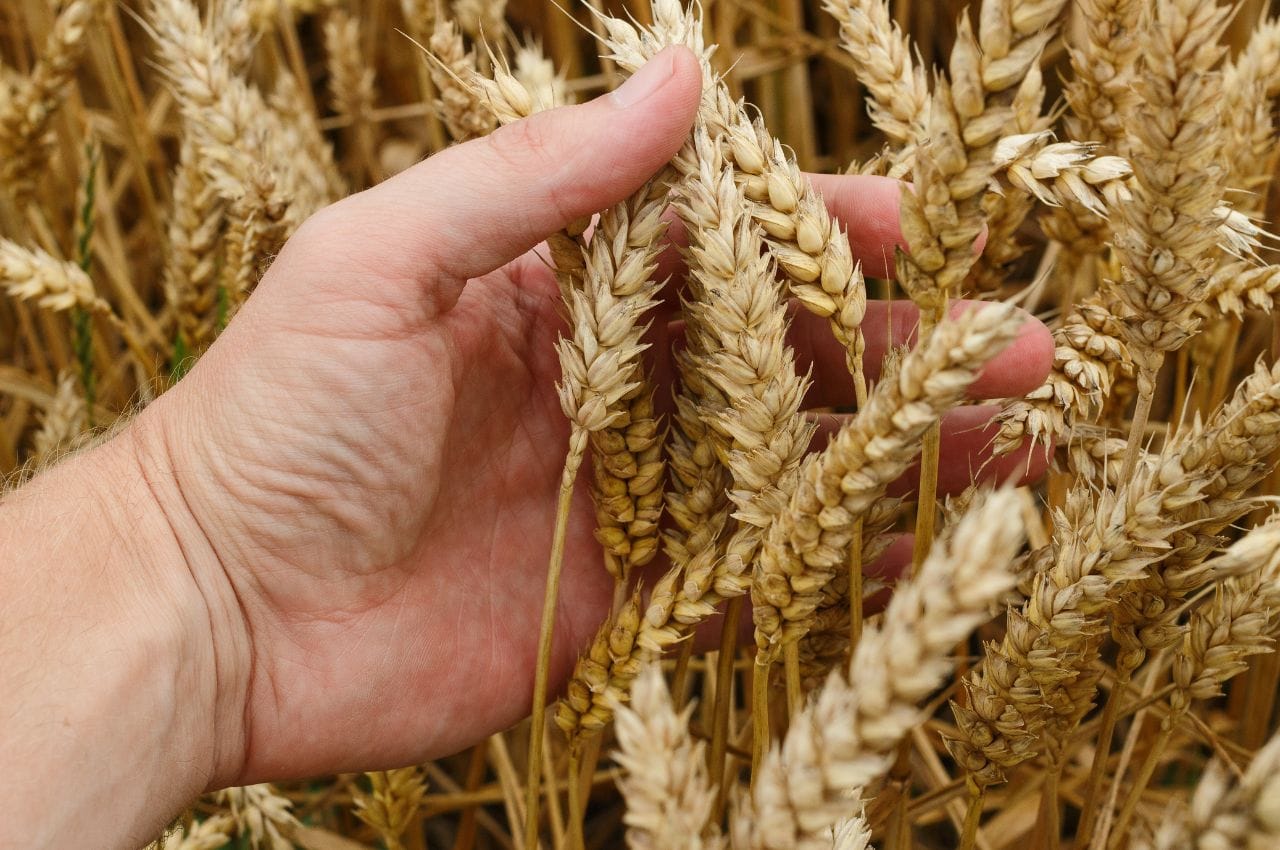
Table of Contents
Wheat, historically more than just food, carries rich symbolism across diverse cultures. Its meanings span from wealth and togetherness to renewal and life’s essentials. Let’s explore the deep meanings behind this humble grain, revealing its ties to human traditions and our bond with nature.
What Does Wheat Symbolize?
Wheat has many symbolic meanings that relate to life, hard work, renewal, and community. Whether it’s how wheat grows, the foods we make from it, or its role in rituals, it has a special symbolic place in different cultures and beliefs. Let’s take a look at some of the most common meanings behind it.
1. Cycle of Life
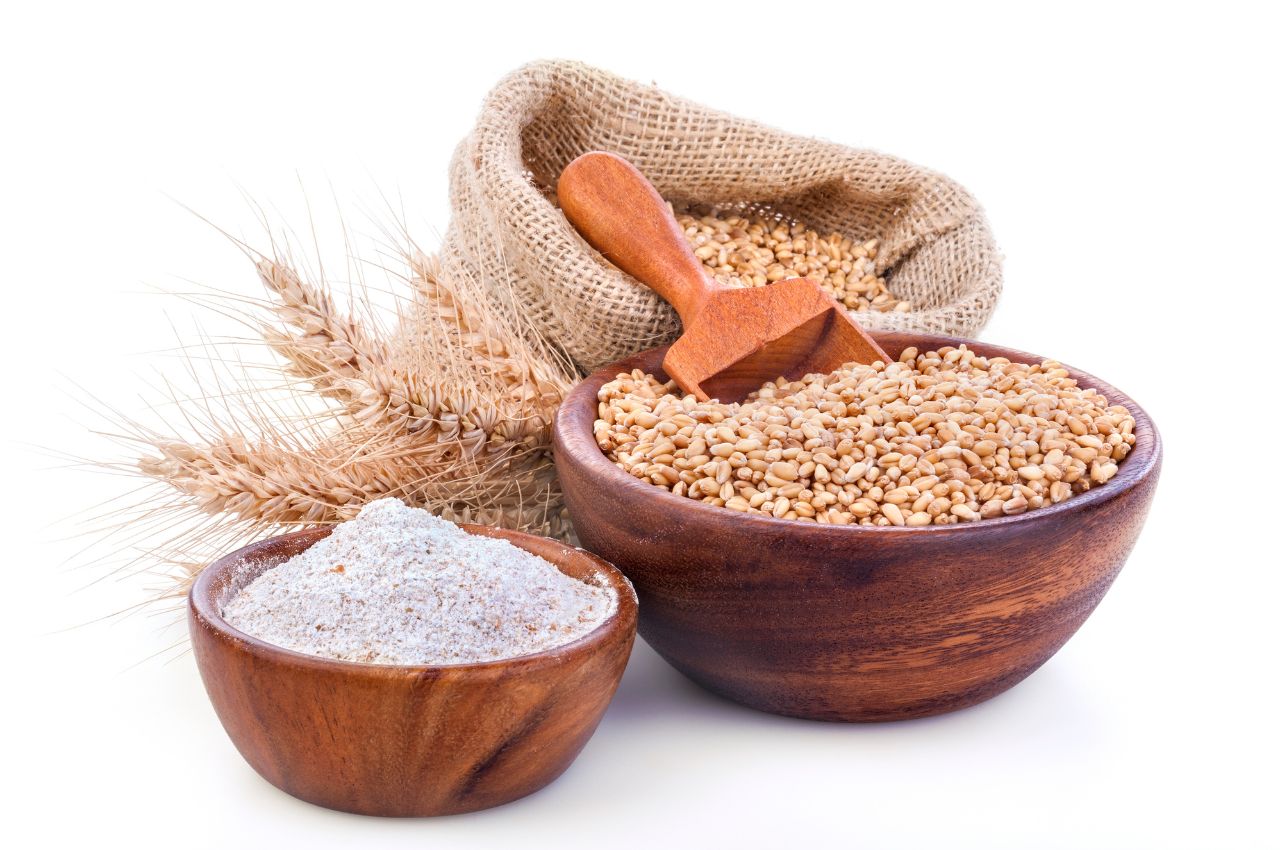
Wheat’s journey from being planted to being harvested is a lot like our journey from birth to end. The way wheat grows and produces more year after year is like nature’s constant cycle of life and new beginnings. This ongoing cycle makes wheat a symbol of life’s continuous flow in farming and our own lives.
2. Harvest and Abundance

Wheat is a powerful symbol of harvest and plenty. When you see golden wheat fields waving in the wind, it’s like seeing the results of hard work. These fields show that nature is kind and giving.
Wheat gives food, feeding many people, which is why it’s commonly linked with wealth, prosperity, abundance, and well-being. When farmers collect the wheat, it’s a time of joy and abundance. It’s a chance to thank nature for all the good food that will come from it.
A field filled with golden, ready-to-harvest wheat is not just a beautiful sight; it shows the results of months of effort and care. This harvest time is a reward for all that hard work, reminding us that when we work hard, we often see great results, leading to thankfulness and celebration.
3. Resurrection and Renewal

Even after wheat is harvested, the field might look empty, but with time, it grows back. This ability of wheat to come back to life symbolizes nature’s endless cycle of life and new starts, giving us hope for new opportunities and beginnings.
4. Nourishment and Sustenance
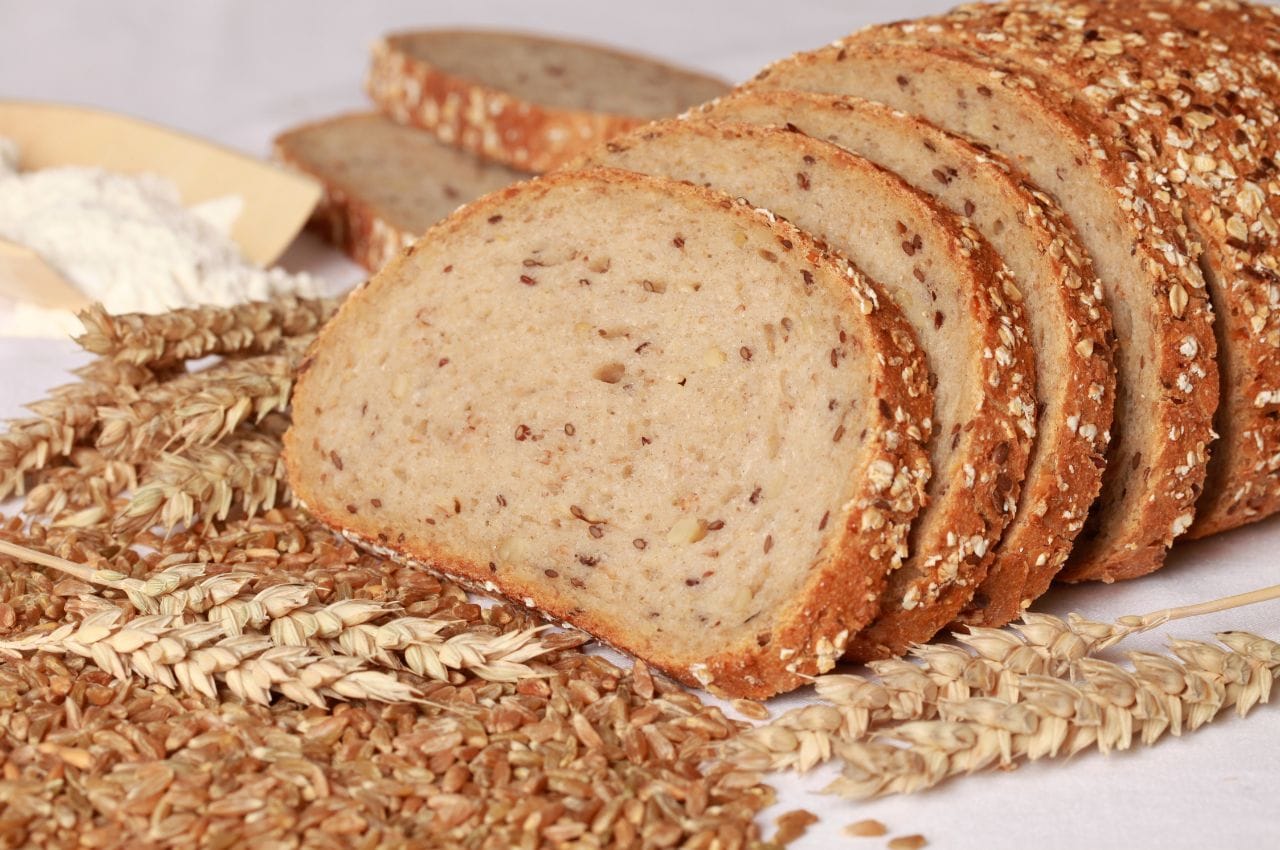
Many rely on wheat as a primary food, especially when made into bread. It’s a key source of nutrition for many and stands for the basic things we need to live our lives. In this sense, wheat provides physical nourishment and sustenance.
But this symbolism of wheat goes beyond just the physical aspect. After all, it’s not for nothing that we say the bread of life, which means a source of spiritual nourishment. In the Christian Bible, Jesus says that he is the bread of life, harking back to the Jewish notion that bread is spiritual food.
In this way, wheat holds both physical and metaphorical meanings of sustenance, feeding the body and the spirit.
5. Sacrifice
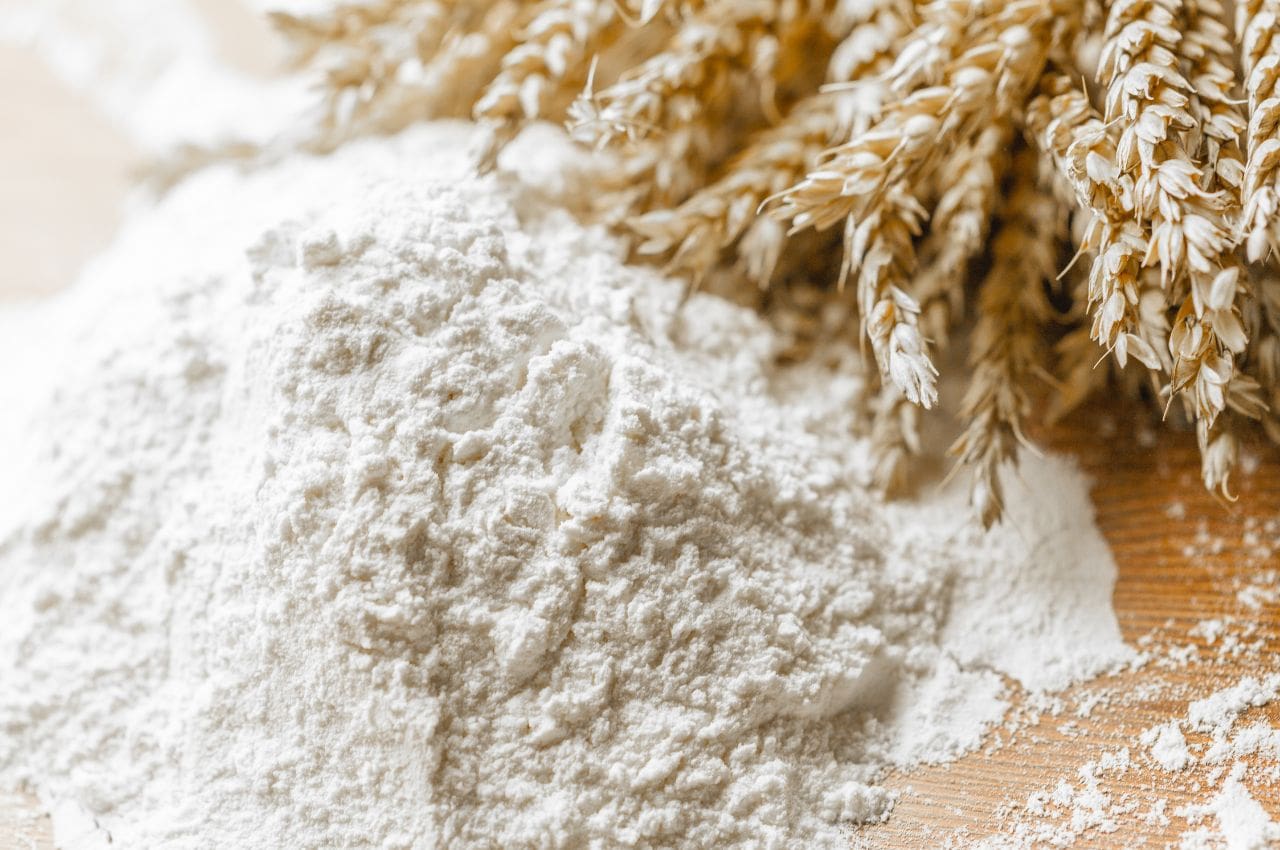
Turning wheat into bread takes many steps. As Catholic.com puts it, “First, wheat is associated with being sown, fallen, crushed, and buried, but then springing up for bread to feed multitudes”. This process, where wheat changes its form, symbolizes the idea of making sacrifices or changes for a bigger purpose. This change in wheat is used to teach deeper lessons about life and commitment.
6. Unity and Community
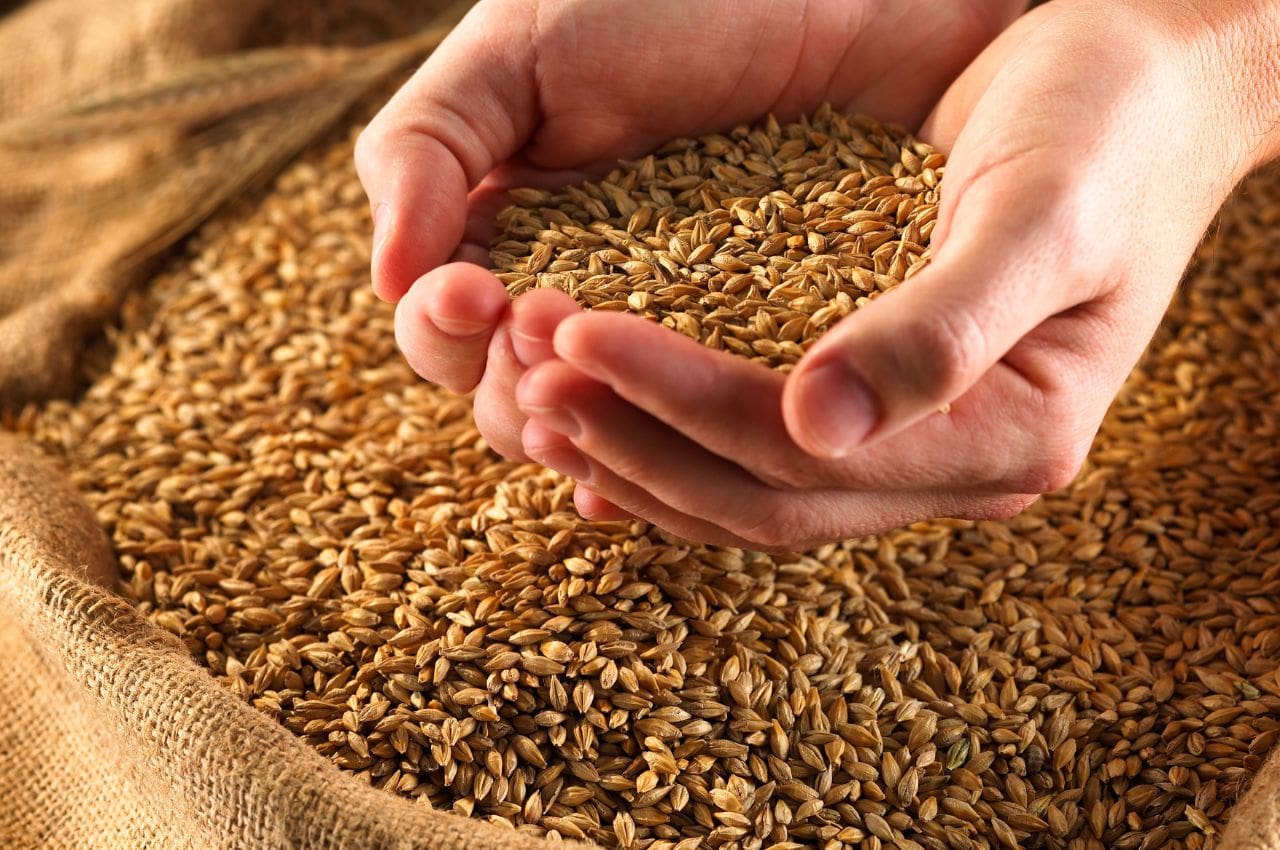
One grain of wheat doesn’t seem like much. But when you combine it with others, you get bread that feeds many people. This shows that when individuals come together, they can achieve more. Just like many grains create food, when united, people have a stronger impact.
The Historical Significance of Wheat
Wheat has played a huge role in our history. From helping early humans settle down into communities to being part of big cultural beliefs and practices, wheat has always been more than just food.
Ancient Egypt: The Spiritual Role of Wheat

In the times of ancient Egypt, wheat wasn’t just food; it had a deep spiritual meaning. The Egyptians, firm believers in life after death, made sure that their deceased had wheat grains in their tombs for sustenance in the afterlife. This is especially clear in the tombs of pharaohs.
Osiris, a deity representing life after death, fertility, and resurrection, was often shown with a crown made of wheat, a sign of life’s renewal. The story of his death and return to life made people believe that wheat was a divine gift from Osiris himself.
Rituals involving “Osiris beds” – soil-filled molds shaped like the god and planted with seeds – were a common sight. As these seeds grew, they symbolized Osiris’ comeback from death, reinforcing the idea of wheat as a symbol of rebirth and life beyond death.
The Roman Empire: Wheat and the Goddess Ceres
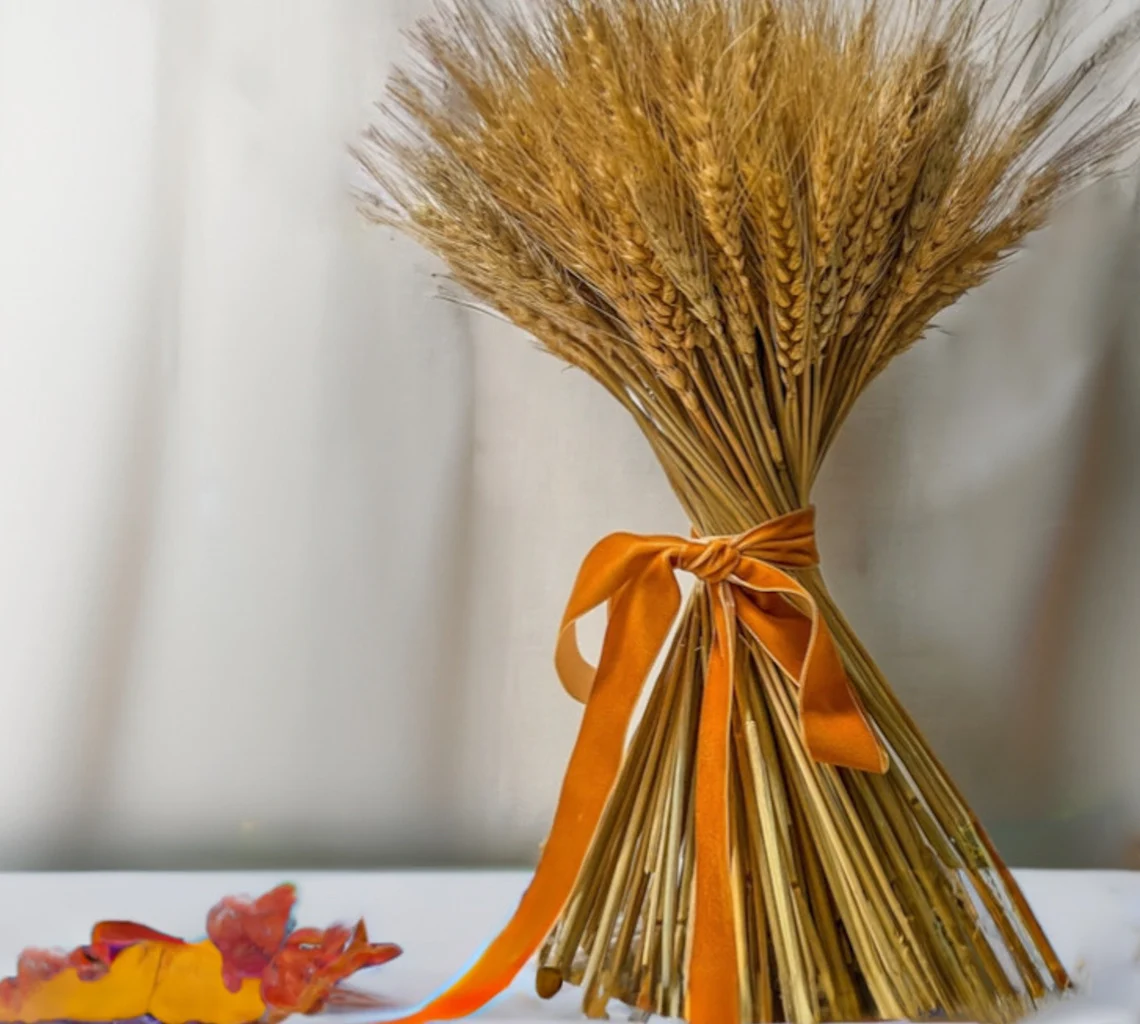
The Romans had Ceres, their goddess of farming, grain, and fertility, deeply tied to wheat. In fact, the term ‘cereal’ comes from her name. Celebrations known as the Cerealia were held in her honor every year, marked by grand feasts, games, and the lighting of torches, symbolizing her quest to find her lost daughter, Proserpina.
Beyond the spiritual, wheat also had a massive socio-economic impact in the Roman Empire. Rome’s strength was largely due to its agricultural success, with wheat as the chief crop. As the empire grew, so did their wheat fields. They even went to war to make sure they had the best lands for wheat farming.
Mesopotamia: Birthplace of Wheat Farming
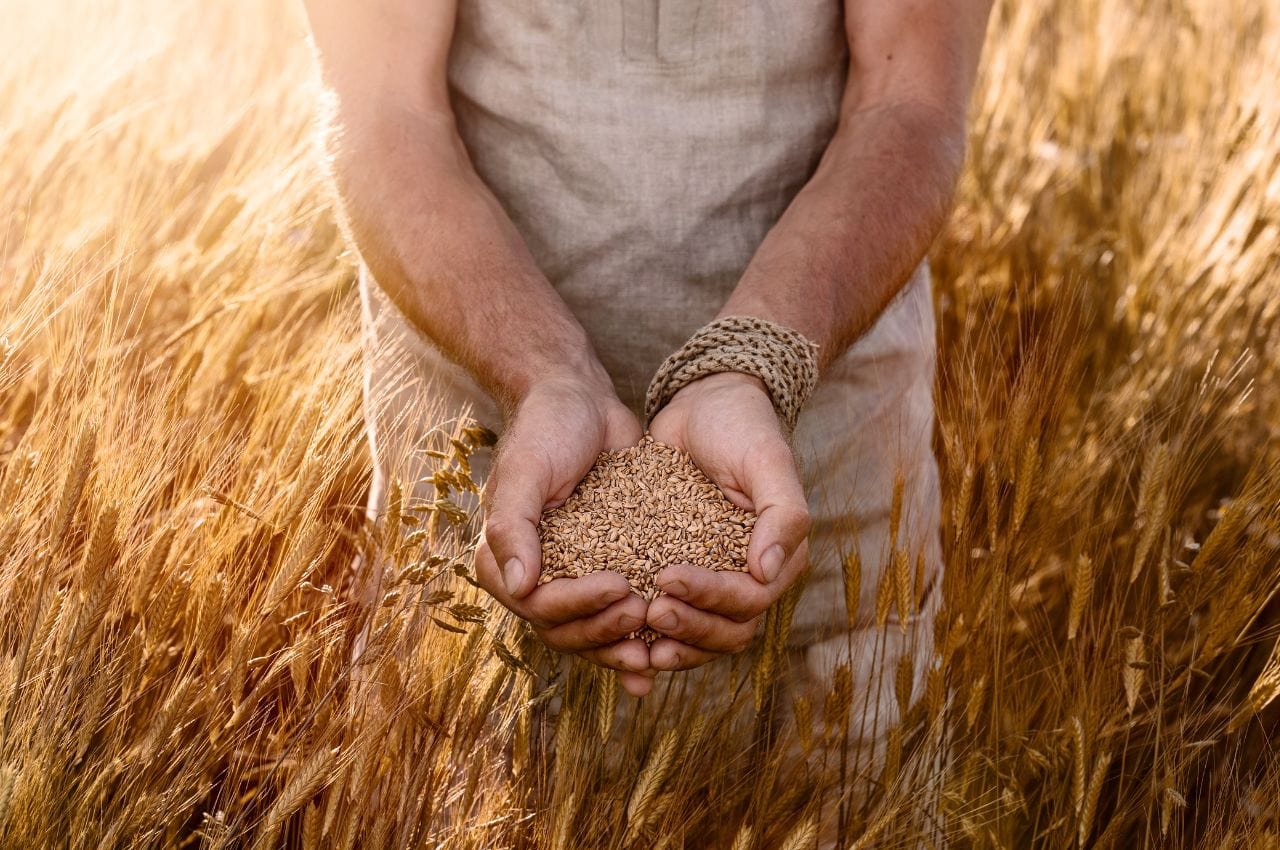
Mesopotamia, in today’s Iraq, is the starting point of modern civilization, and its fertile lands were perfect for farming. Around 9000 BCE, people began cultivating early varieties of wheat like einkorn and emmer.
The ancient residents of Mesopotamia realized the value of wheat, not just as food but also for trade. This led them to develop new farming methods and tools. Their detailed records, inscribed on cuneiform tablets, tell tales of wheat farming, trade, and even its use as money.
In their myths, the goddess Inanna‘s journey to and return from the underworld became a symbolic representation of the seasonal growth cycle of grains.
Religious Symbolism of Wheat

Wheat has been an important symbol in many world religions. It often represents life, growth, and plenty. People have used wheat in many religious events to express important beliefs and to thank higher powers for blessings.
In Christianity: Unity and Sacrifice
In Christianity, the Eucharist or Holy Communion is a key ceremony. Here, bread, made from wheat, has a deep meaning. At the Last Supper, Jesus used bread as a symbol of his body. When Christians have the Eucharist, they believe they’re connecting with Jesus through the bread.
Bread, made from many grains of wheat, can represent how all Christians are different but still part of one larger community. Making bread requires grinding wheat, similar to the hardships Jesus faced for people’s benefit.
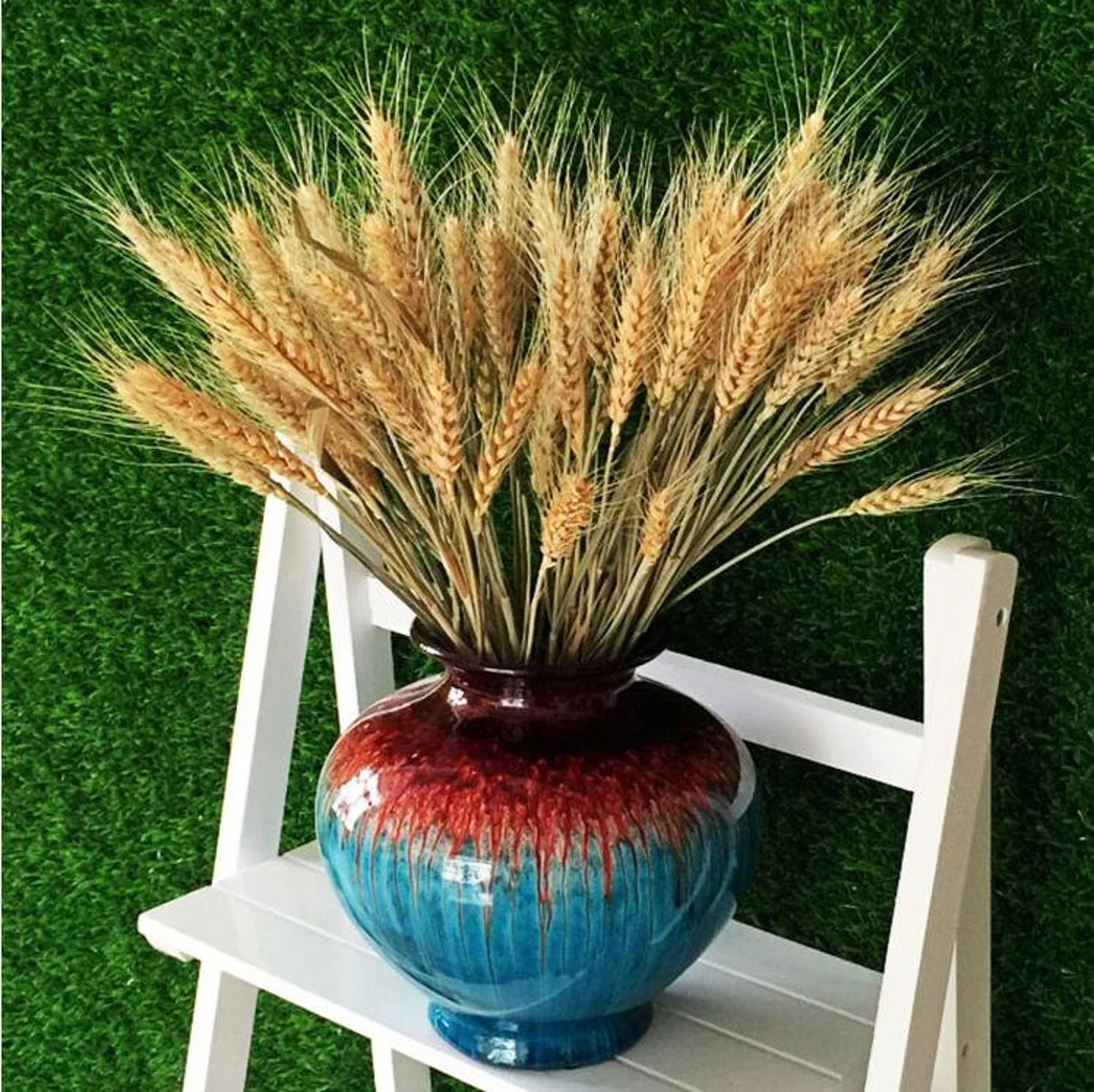
In Paganism: Growth and Life
Pagans value nature greatly, and wheat is a main focus during their celebrations. There are festivals like Lammas that celebrate the first harvest of the year, where wheat is a sign of Earth’s gifts and its abundance. Wheat grows and produces a lot, making it a strong symbol of life and blessings.
In Ancient Greece: Stories of Demeter
Ancient Greeks valued wheat because of its connection to the goddess Demeter. The story tells of Demeter’s sadness when her daughter, Persephone, is taken away, stopping plants from growing. When they reunite, growth returns, especially to wheat.
This was a big ceremony for the Greeks, centered around Demeter and Persephone. Participants were shown the secrets of life and its cycles. Wheat was used in this ceremony, highlighting its role as a symbol of life.
Wheat in Modern Symbolism
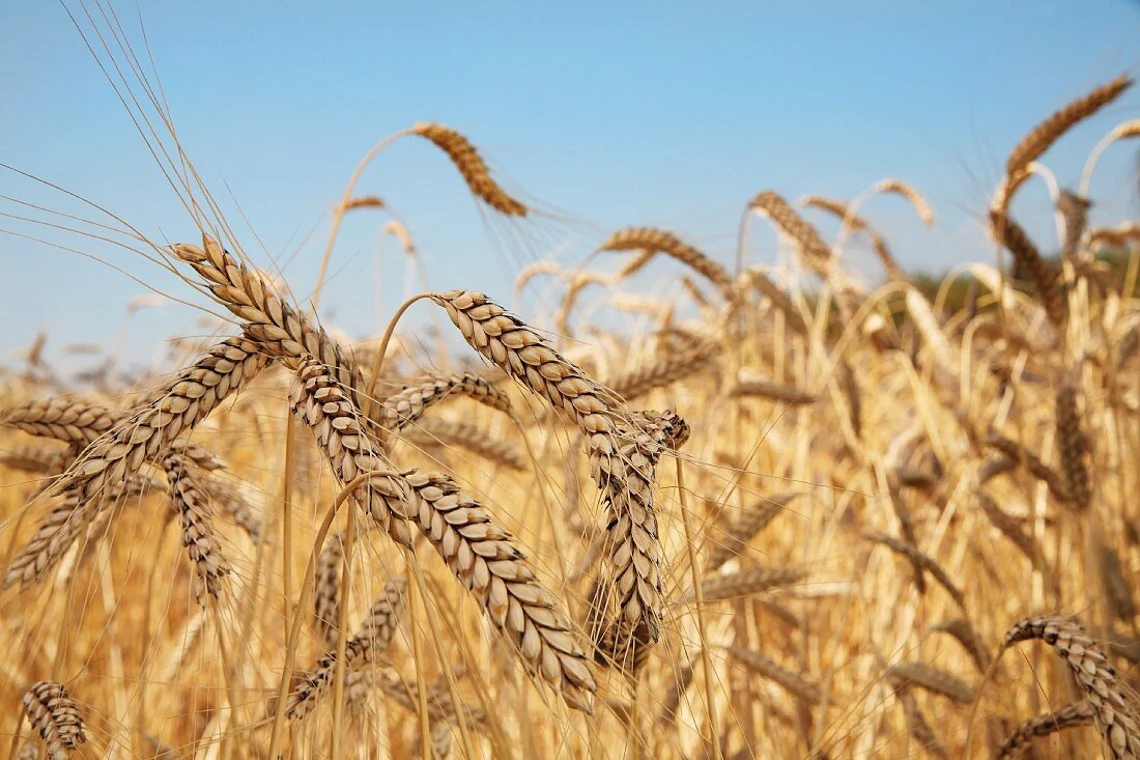
In modern times, the symbolism of wheat has evolved and expanded, influenced by cultural shifts, advancements in agriculture, and global interconnectivity. Here’s a look at the modern symbolism of wheat:
1. Prosperity and Wealth
With globalization, wheat has become a major export for many countries. Its trade can represent economic prosperity. The term “amber waves of grain” in the song America the Beautiful, for example, evokes a sense of national wealth and bounty.
2. Health and Wellness
With the rise of health-conscious eating, whole grains like wheat have come to symbolize nutrition, health, and wellness. Conversely, for some, especially those with gluten sensitivities, wheat can symbolize dietary challenges. Today, bread is often seen as an unhealthy choice, especially white bread. In this context, bread has become a conflicting metaphor.
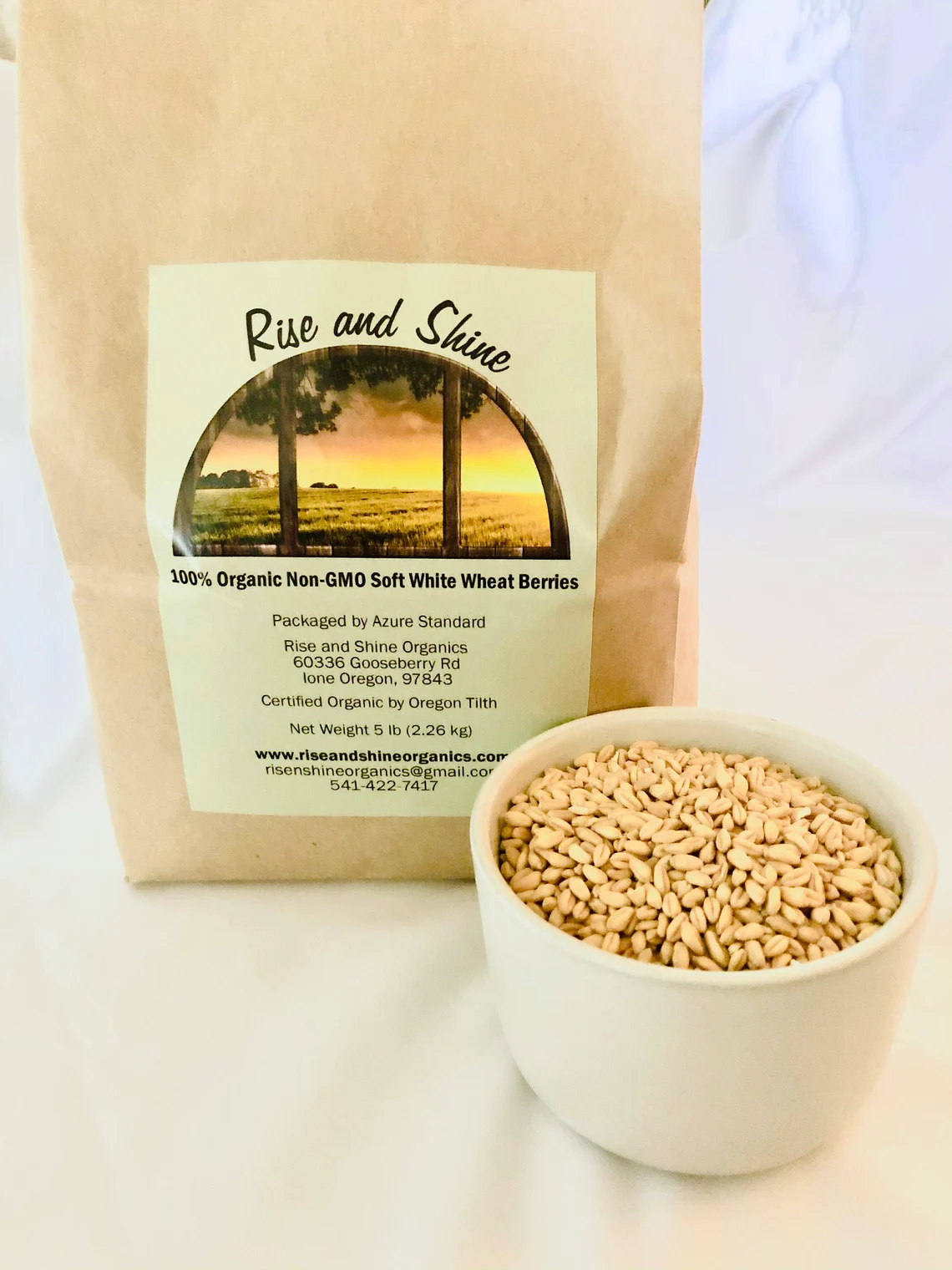
3. Sustainability and Ecology
Modern farming practices have sparked debates on sustainability. Wheat, being a major crop, becomes symbolic of the larger discussions on sustainable agriculture, GMOs, and organic farming.
4. Industry and Mass Production
The image of vast, uniform wheat fields can also symbolize the industrialization of agriculture and the move away from small-scale farming. This can evoke both positive connotations (efficiency, technological advancement) and negative ones (loss of biodiversity, corporate monopolies).

5. Local and Artisan Movements
In contrast to mass production, there’s a renewed interest in local grains and heritage wheat varieties. It symbolizes a return to tradition, craft, and a more intimate connection with our food sources.
6. Unity and Globalization
As a staple food in many parts of the world, wheat symbolizes a shared human experience. It can represent the idea that, despite our many differences, there are fundamental things that unite us, like the need for sustenance.
7. Economic Indicators
Wheat prices are often used as economic indicators. Fluctuations can symbolize larger economic trends or the state of trade relationships between countries. Harvest festivals are vibrant celebrations marking the time when crops are ready to be picked, and the hard work of farming pays off.
Harvest Festivals Where Wheat Plays a Main Role
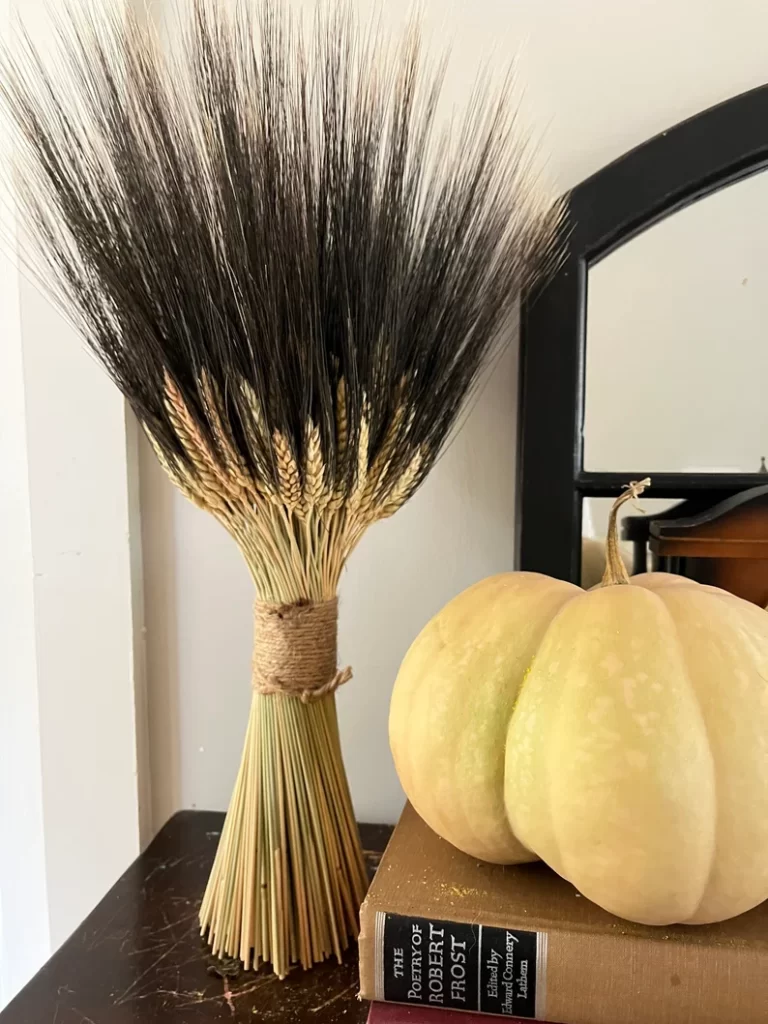
Thanksgiving
Celebrated primarily in the United States and Canada, Thanksgiving has its roots in the early days when settlers thanked the indigenous people and the land for a bountiful harvest. Today, it’s about family, gratitude, and of course, feasting on turkey, cranberry sauce, and pumpkin pie. Wheat often finds its way into the celebration in the form of delicious bread or rolls.
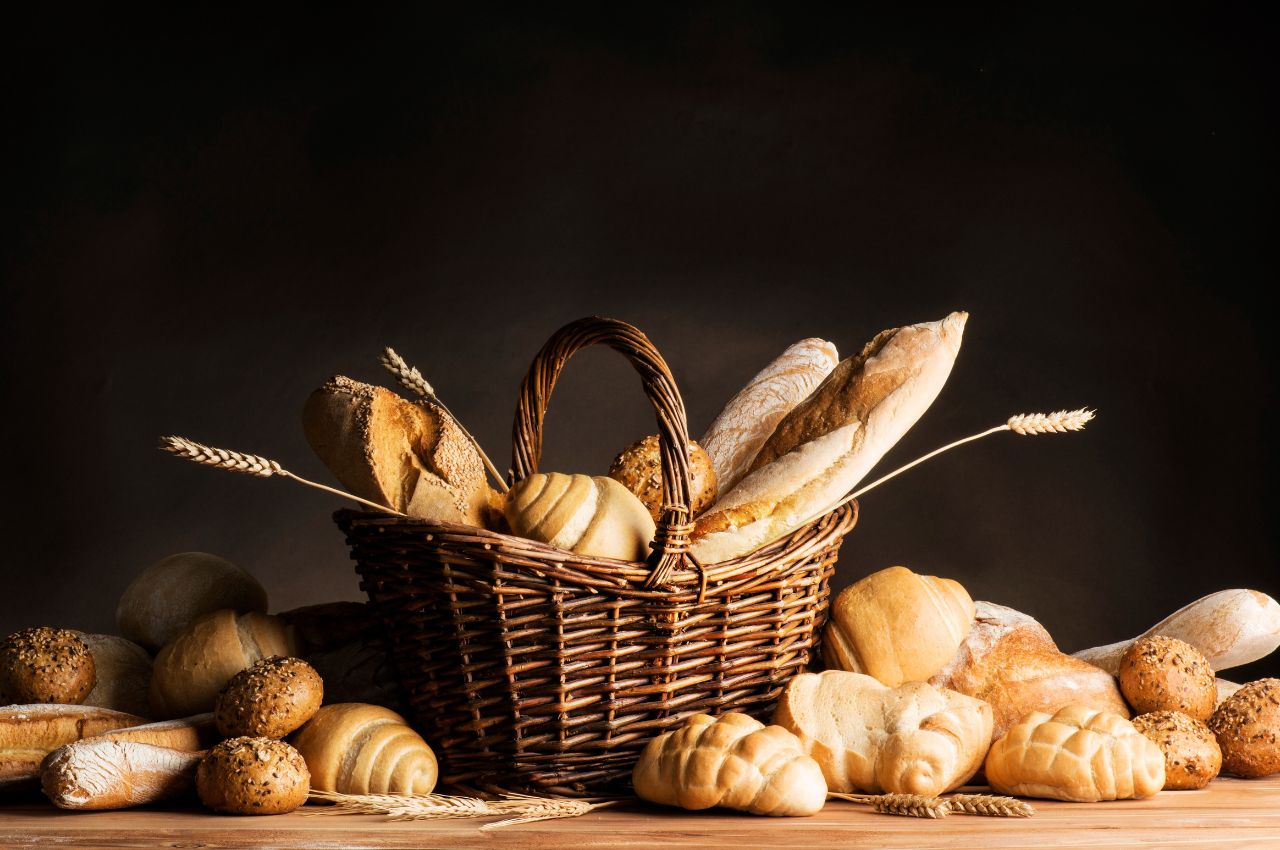
Lammas Day
Predominantly celebrated in parts of Europe, Lammas Day, or Loaf Mass Day, is all about wheat. Freshly harvested grain is turned into bread, which is then brought to churches for blessing. This festival is a reminder of the direct connection between the earth’s gifts and our daily sustenance.
Wheat in Marriage Customs

Marriages are deeply symbolic ceremonies that extend beyond the union of two individuals. In many traditions, wheat holds special significance. Grains of wheat are sometimes showered upon the newlyweds, symbolizing hope for their future prosperity and wealth as they embark on life together.
Much like the fertile nature of wheat that spreads across fields, it represents the potential for the couple to expand their family and continue their lineage. Beyond material wealth, wheat also symbolizes the abundance of love, joy, and the myriad of shared experiences that the journey of married life promises.
The Personal Symbolism of Wheat

Beyond festivals and customs, wheat holds personal meanings for many. For someone, a field of wheat might bring back memories of childhood, playing amidst tall stalks under a summer sun. For others, the act of baking with wheat flour can be therapeutic, a way to reconnect with oneself.
The way wheat perseveres, growing tall despite the challenges it faces — whether it’s pests, drought, or storms—can be a metaphor for resilience and personal growth. It’s a reminder that, with time and care, we, too, can rise above challenges and thrive.
In every seed, loaf, and golden field, wheat offers tales of life, tradition, and personal journeys, making it far more than just a staple food.
Wrapping Up
Although wheat may seem insignificant, it has been deeply embedded in the cultural and spiritual narratives of civilizations over time. It symbolizes not just bounty and prosperity but also renewal and togetherness.
Recognized in wedding ceremonies, springtime celebrations, or just our daily bread, the enduring relevance of wheat is a testament to the natural blessings and the cyclical patterns of existence.








